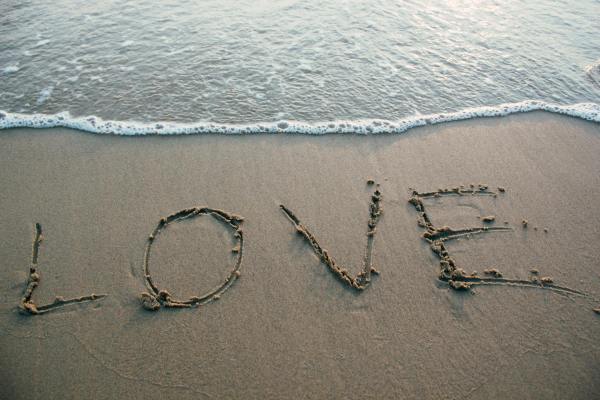There’s a certain kind of silence that creeps in at night, even if the city outside your window is still humming. It’s the silence of aloneness. Not solitude, not peace. But that ache that whispers, “You weren’t meant to do this alone.”
As the world becomes more advanced, more developed, more connected — something strange is happening: we are losing the village.
You know what I mean. The kind of village that didn’t require GPS to find because it was built into your life. The one where your auntie or your neighbor would knock on your door to borrow some rice, and end up staying to share stories over tea. The kind where a child belonged to everyone. The kind where laughter came easy because it was shared, not scheduled.
Now? We have to buy the village back.
You need to go to work? Hire a nanny.
You’re falling apart inside? Book a therapist.
Feeling lonely? Pay for a co-working space, a sound bath, a connection retreat.
What used to be free — offered with warmth and love — is now a line item in a monthly budget.
And no shade to therapists or childcare (God knows they’re doing holy work), but what happens when community becomes a luxury instead of a given?

In the village, a neighbor would notice you hadn’t left the house in days and knock on your door with some soup or just to sit and talk.
Today, people die in apartments and aren’t discovered until the smell leaks into the hallway.
We weren’t built for this kind of isolation.
We weren’t built to hold our whole lives by ourselves.
Mental illness is rising, not because people are weaker now, but because we stripped away the natural buffers that used to hold us — the laughter of our cousins, the older woman on the corner who always had advice (solicited or not), the spontaneous dance in the kitchen with your best friend after a hard day.
We swapped out the village for independence.
But hyper-independence is a trauma response dressed up as success.
And now we are lonely in luxury, over-scheduled and under-touched.
Sometimes I look around and wonder — is this what progress looks like?
A place where you can order groceries at 11pm, but don’t know your neighbor’s name.
Where you have 2,000 followers but no one to call when you’re scared.
Where the house is filled with beautiful things, but no one sits at the table.
And here’s something else that doesn’t sit right.
In the Western world — in these “developed” countries — we often look at those still living village-style lives as primitive. As though they are behind. Missing out. Stuck in the past. But let’s be honest:
The suicide rates aren’t as high there.
People are surrounded by community, even when they have nothing.
Children run freely and are known by name across the neighborhood.
People smile, even when their hands are calloused from working the earth.
Connection is deeper. Meals are longer. Suffering is shared.
Maybe we’re the ones missing out.
Don’t get me wrong — I love the convenience too. Grocery delivery? Bless it. A hot shower at the turn of a knob? Yes, please. But what if progress doesn’t have to come at the cost of connection?
What if the real wealth is still found in places we’ve been taught to pity?
And it’s funny, because now — slowly, quietly — we see the developed world longing for what it once dismissed.
The rise of community gardens. Homesteading content. Tiny house villages. Ceramics classes and Sunday markets and people moving “closer to the land.”

We’re craving what the village always offered:
Real connection. Simpler rhythms. Closeness to people, to earth, to meaning.
But now it’s a luxury. A lifestyle brand. Something to buy into.
We lost something sacred in our pursuit of more.
And maybe — just maybe — those we thought were behind, were always a step ahead.
Until Next time,
Xoxo, JPP










